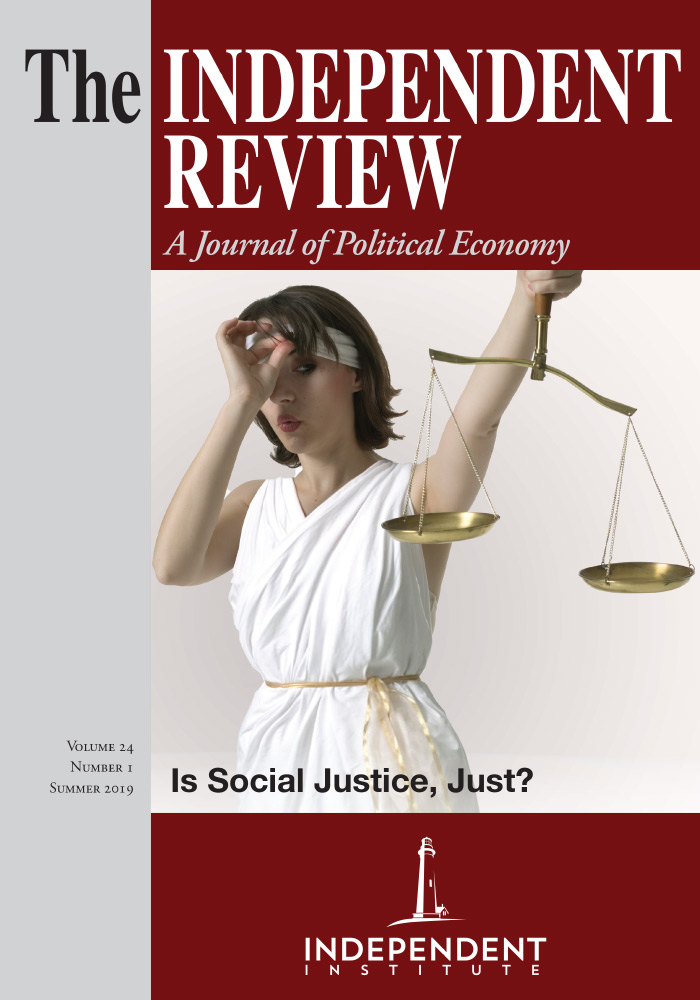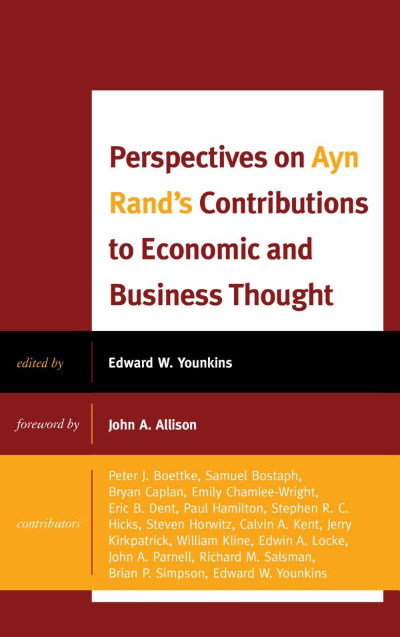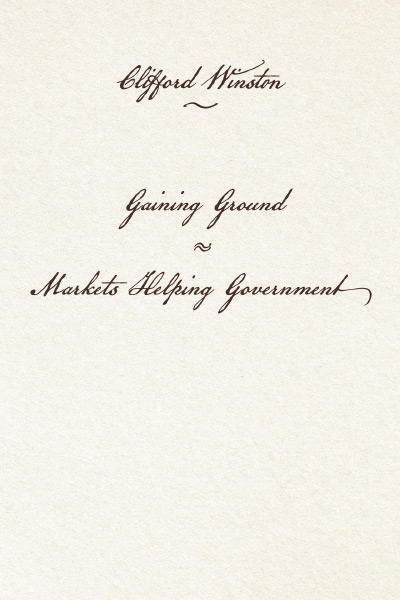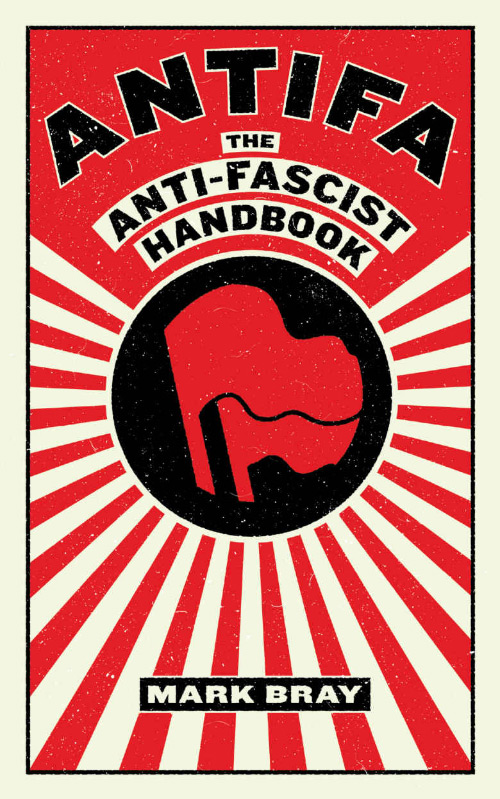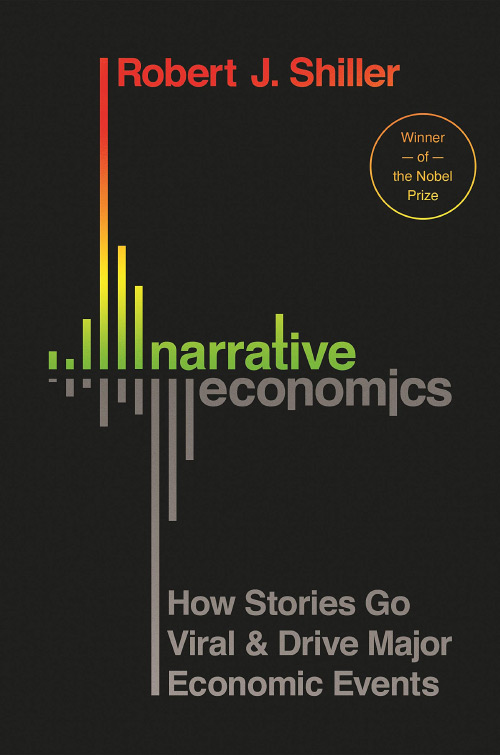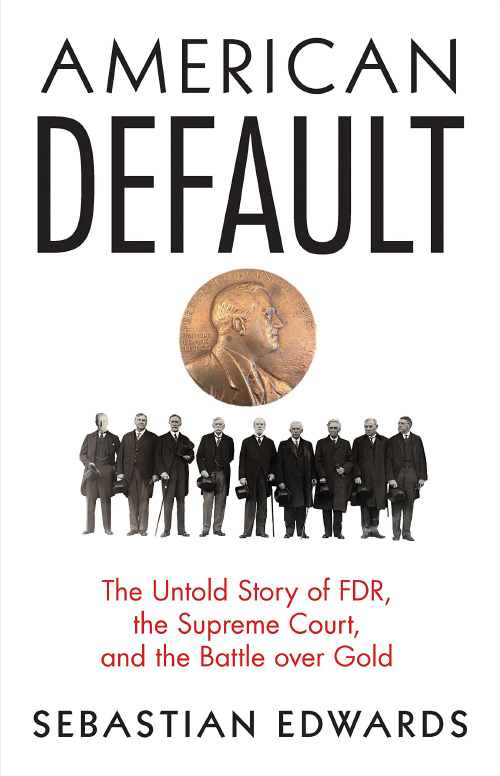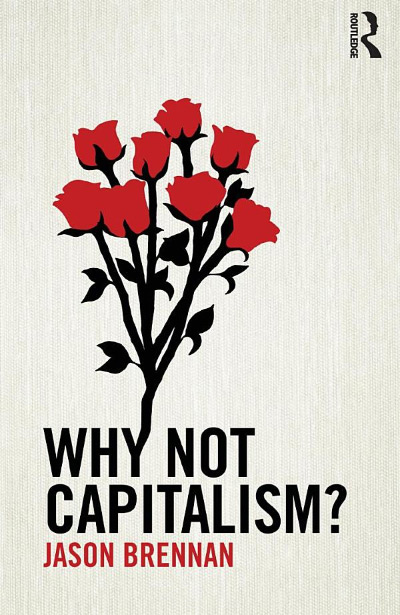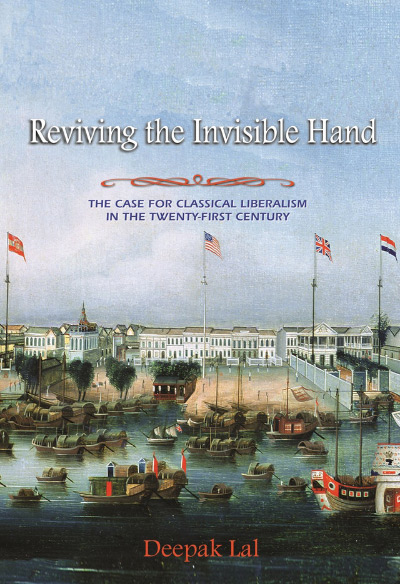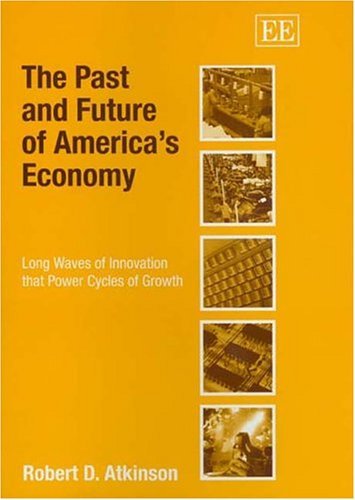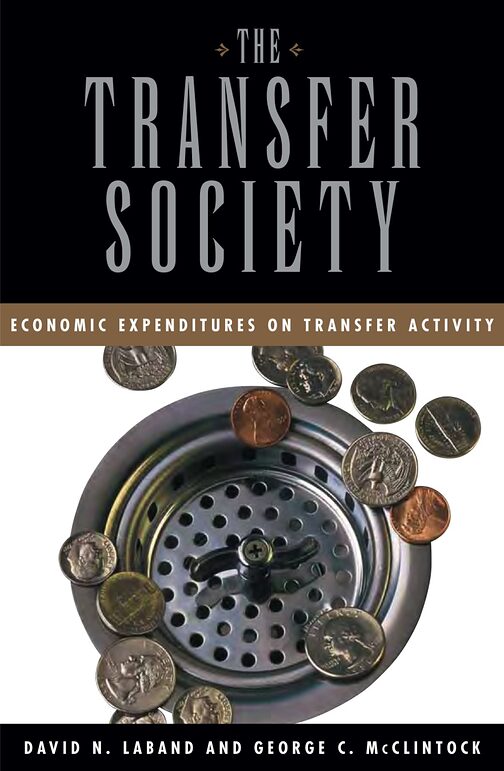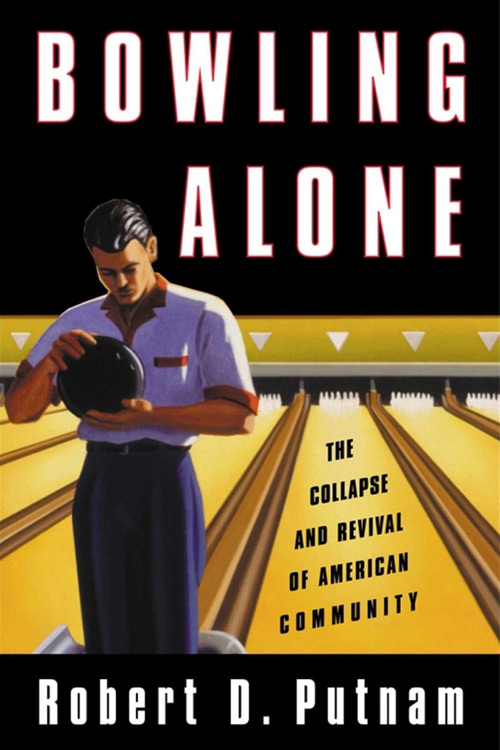Ayn Rand is well-known as the novelist author of The Fountainhead and Atlas Shrugged and voluminous non-fiction writings including Capitalism: The Unknown Ideal and The Virtue of Selfishness that expound her philosophy of Objectivism. As a philosopher, she is controversial, alternately disparaged and admired for her atheism, her advocacy of rational selfishness, and her defense of unbridled, unrestricted laissez-faire capitalism. While she is well-known for her philosophical views, until now there has been no volume that focuses exclusively on Ayn Rand’s contributions to economics.
This volume, Perspectives on Ayn Rand’s Contributions to Economic and Business Thought, does just that. The edited volume, with sixteen chapters contributed by different authors, primarily addresses four audiences, with a sprinkling of related topics thrown in. The key topics are:
- Ayn Rand’s contribution to economics (Chapters 1, 6, 7)
- Teaching economics and political economy using Ayn Rand’s writings, particularly Atlas Shrugged (Chapters 3–5)
- Ayn Rand’s contribution to business ethics and teaching it at business schools (Chapters 10, 11, 13–16)
- Ayn Rand as a public choice theorist (Chapter 8)
Other chapters 1) apply Objectivism to externality theory, concluding that it needs major revision (Chapter 2); 2) analyze Francisco D’Anconia’s famous money speech in Atlas Shrugged (Chapter 9) and 3) build a theory of marketing on Objectivist principles (Chapter 12).
For readers who are not familiar with Ayn Rand’s philosophy of Objectivism, the book’s editor, Edward W. Younkins, provides a useful summary of the philosophy’s main ideas in the appendix. At a minimum, the book assumes that the reader has read Atlas Shrugged, but even someone who has not yet read her works and is curious about Ayn Rand’s ideas will find the excerpts and discussions in the chapters interesting and, perhaps, motivating to explore her works further.
There are some interesting debates in the chapters. For example, Samuel Bostaph (Chapter 1) concludes that Ayn Rand qua economist has contributed little, if anything, to the field, instead borrowing her economics from leading free market thinkers, particularly Austrian-school economist Ludwig von Mises and the long-time Newsweek columnist and author of Economics in One Lesson, Henry Hazlitt. Bostaph makes the case that her principal value to economists is providing a strong moral foundation for free markets. He concludes that the Left has used moral arguments to vanquish the Right in the debate of capitalism versus socialism for the past hundred years, and that the only way the pro-capitalist side can hope to win is by bringing morality into the discussion.
Bostaph goes a little far, in my view, in denying some of the originality and power of Ayn Rand’s moral argument (which involves viewing man as an individual who should live selfishly) by rather coyly claiming that others, such as Murray Rothbard, also invoked a moral defense of capitalism. While this is true, he doesn’t point out the large influence Ayn Rand had on the moral argument of these libertarian defenders of capitalism, many of whom, including Rothbard, attended her philosophical seminars in the 1960s.
Nearly all of the other authors see Ayn Rand’s direct contribution to economics in a similar light, with the exception of Richard Salsman (Chapter 6), who takes an unusual tack in analyzing Rand’s contribution to economics. Rather than asking whether Rand contributed to typical, mundane topics in economics as such, he asks whether her ideas contributed to the science’s foundations. When looked at that way, he sees Rand as providing vital and valuable service to the science by being the first to identify that the ultimate source of wealth is the human mind, a point later taken up by economist Julian Simon.
Salsman also identifies a concept that Rand called the “pyramid of ability” that shows the crucial dependence of production on the “men of the mind,” the creative entrepreneurs and scientists who create the new products that propel our rising standard of living. This is the theme of Atlas Shrugged, which focuses on the role of the mind in human life and shows what happens when the men of the mind decide to go on strike against a world that treats them as sacrificial fodder.
This reviewer’s perspective is that both Bostaph and Salsman are right. Rand’s value to economics as such is not her contribution on technical economic subjects. Rather, it is in providing a moral argument for capitalism that is absent from economists’ work, and in identifying the key role of the human mind in production. The latter perspective is absent from mainstream economics, which is still influenced by the materialism of Karl Marx (who basically saw production as a function of brute labor, and denied any productive role to the entrepreneur). A number of economists, notably Joseph Schumpeter and Jean-Baptiste Say and, more recently, Israel Kirzner, speak to the entrepreneur’s role, but Ayn Rand’s contribution provides a crucial foundation for their work by showing that the root of entrepreneurship, and all human progress, is the independent reasoning mind.
In this vein, a number of contributors explore Ayn Rand as a business ethicist. Several hold that Objectivist morality, as depicted in The Fountainhead (William Kline, Chapter 14) and Atlas Shrugged (Edward A. Younkins, Chapters 10 and 15, and Edwin A. Locke, Chapter 11), provides a useful guide for business success and for resolving ethical quandaries. Locke, a leading expert on the psychology of business leaders, holds that the characters in Atlas Shrugged model the traits, such as rationality, independence, and perseverance, that lead to business success. William Kline finds the same modeling of successful business behavior—and its opposite—in Howard Roark, the architect protagonist of The Fountainhead and his larger-than-life antagonist, the newspaper tycoon Gail Wynand. Eric B. Dent and John A. Parnell (Chapter 16) provide a detailed guide for incorporating Objectivism into business ethics courses and explain how Objectivism stands apart from the dominant ethical approaches of utilitarianism and virtue ethics.
Another major thread appears in several chapters (notably Chapters 3, 4, 9, and 10), but it is explored in detail by Bryan Caplan (Chapter 8). These discussions focus on Ayn Rand as a public choice theorist. Public choice is a species of political economy that focuses on the interaction of government and business. The academic field was pioneered by Nobel laureate James Buchanan and Gordon Tullock in the late 1950s and 1960s, at around the same time that Ayn Rand wrote Atlas Shrugged and her later non-fiction. Caplan points out that, despite there being little if any evidence that Buchanan and Rand influenced each other, Rand nevertheless displays in Atlas Shrugged a nuanced grasp of how government and business influence each other in a mixed economy.
Caplan shows how virtually the entirety of Atlas Shrugged constitutes a description of cronyism in action. Ayn Rand uses the term “pull peddlers” to describe cronyism, and provides highly realistic and memorable depictions. Despite being a work of fiction, Atlas Shrugged is loaded with dramatizations that demonstrate how special interests trade votes with each other to advance their special interests at the expense of the general welfare. Like others who see Rand’s value primarily as a dramatizer of economic principles or the traits of entrepreneurs, Caplan sees tremendous didactic value in her dramatic depictions of cronyism and “pull-peddling.” He provides page numbers and descriptions of colorful events that can be used to illustrate and teach public choice and political economy principles in the classroom, such as the enactment of the “Anti-Dog Eat Dog Rule,” the “Equalization of Opportunity Bill,” and the notorious “Directive 10-289.”
Editor and contributor Younkins has done an admirable job of compiling a wide range of contributions. It is a minor criticism of the book that several chapters are somewhat duplicative. (Two chapters have the titles, “Economics in Atlas Shrugged” and “Economics in Ayn Rand’s Atlas Shrugged”). It is a virtue of this book that only some of the authors consider themselves to be Objectivists, and despite that, all of the authors believe that Rand has made a valuable contribution to economics. The wide range of topics of these articles shows the power of Rand’s thought. Even in a field such as economics, which was ancillary to her principal focus on philosophy, her presence is large.
Her contribution to economics is less about specific economics topics than it is about providing a philosophical and moral framework for a field that, they would argue, is hobbled by the lack of such a framework. This book is of greatest value to teachers and professors, and especially those who believe in free markets. Some of the chapters, such as Caplan’s and Emily Chamlee-Wright’s, are virtually “how to” guides, complete with page numbers and summaries of essential passages, for incorporating Rand into the classroom. As Chamlee-Wright asks, “when considering a commitment as significant as assigning a 1,168 page novel . . . it is worth asking what exactly storytelling does for us.” She concludes that it is a lot, and that Ayn Rand is worth the cost. This reviewer asks the same question about Perspectives, and he has arrived at the same answer.

